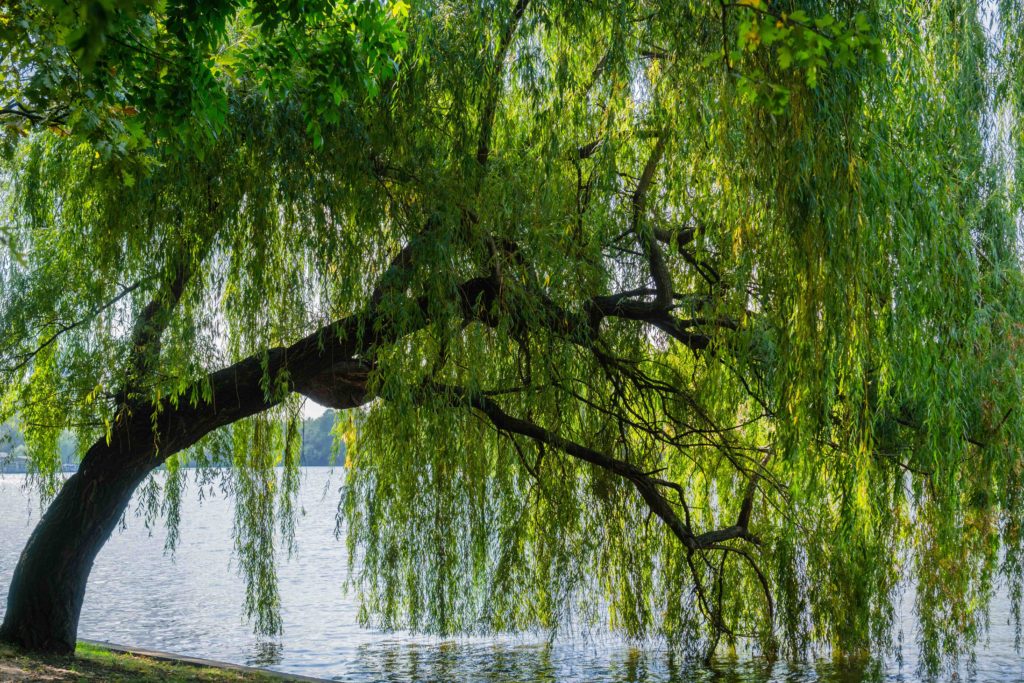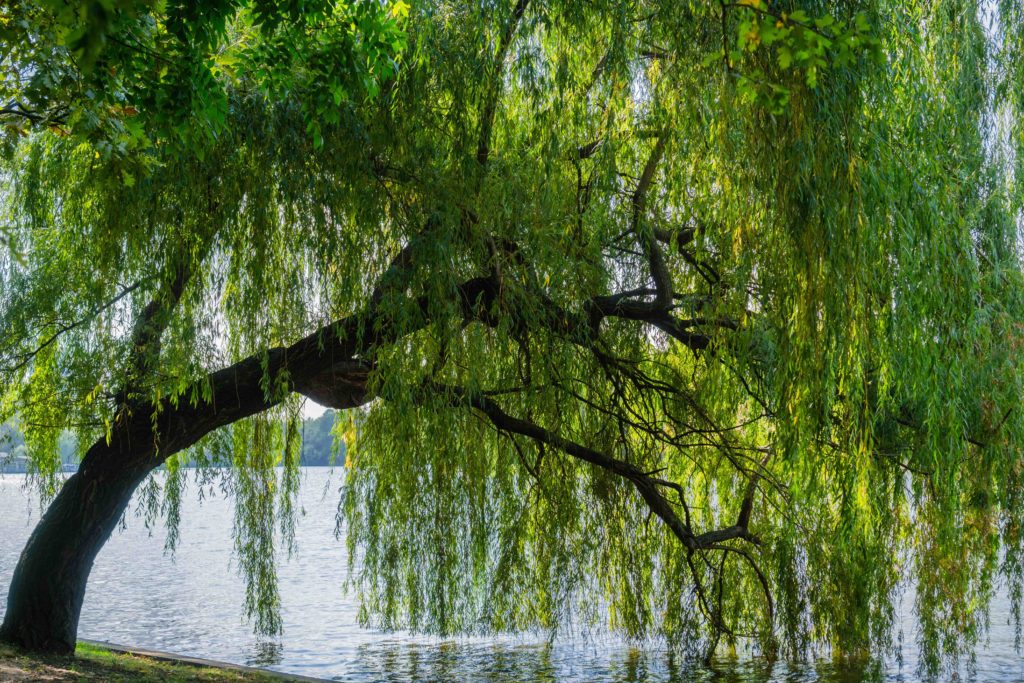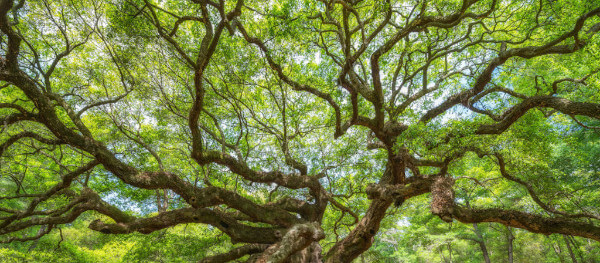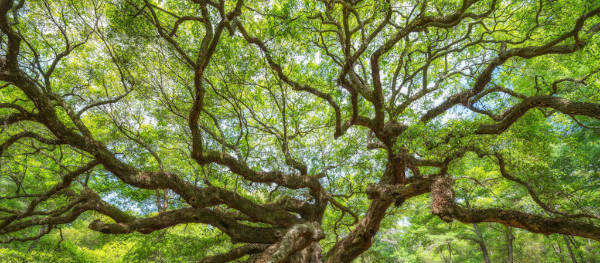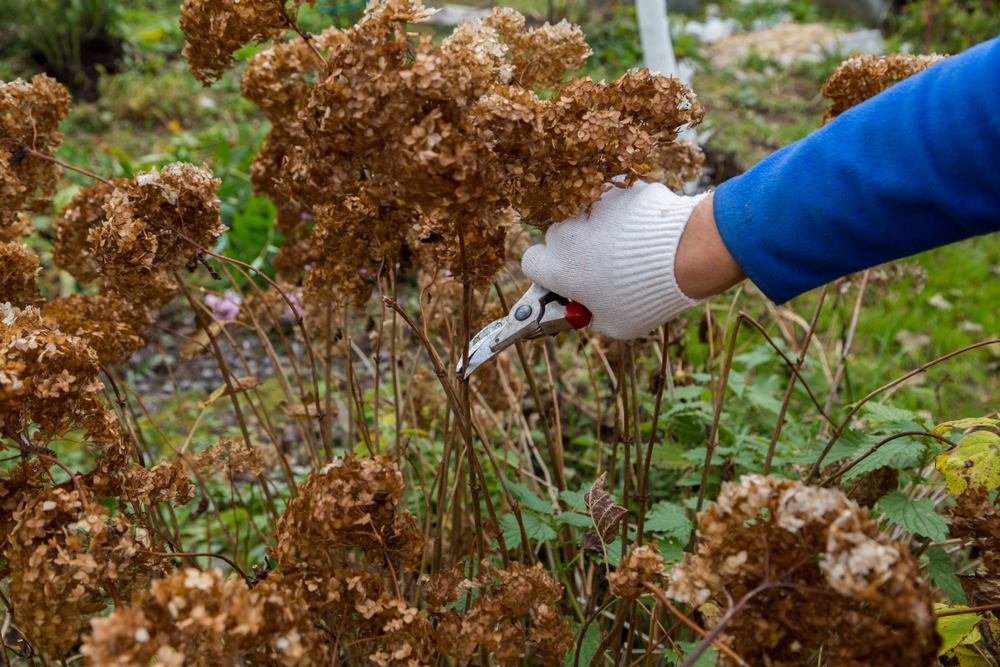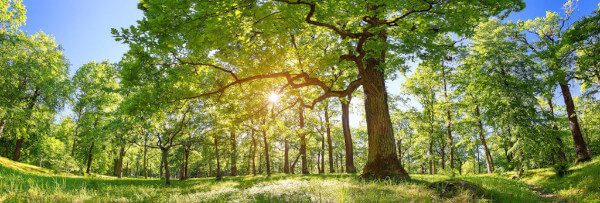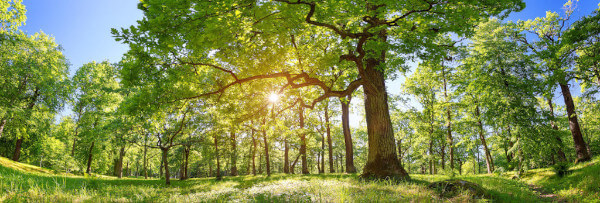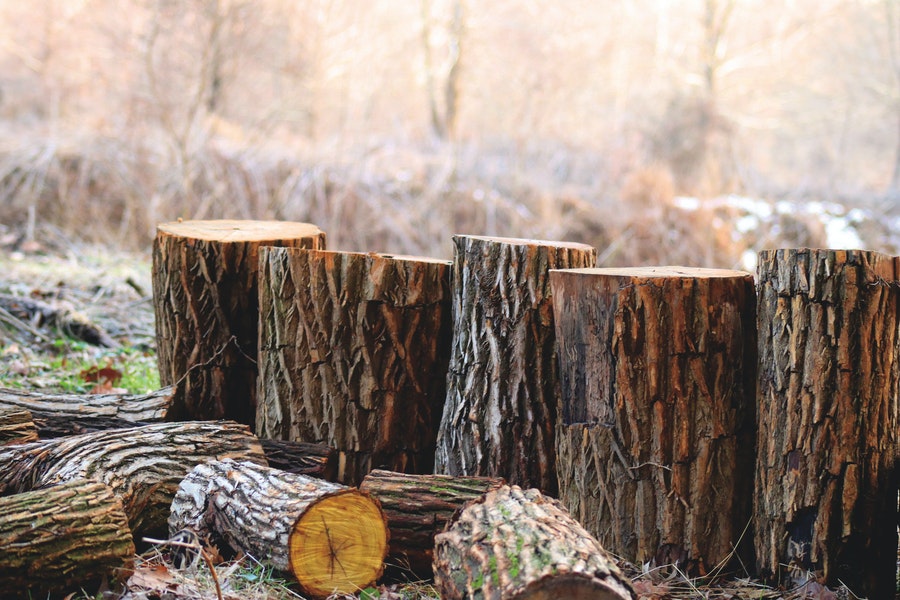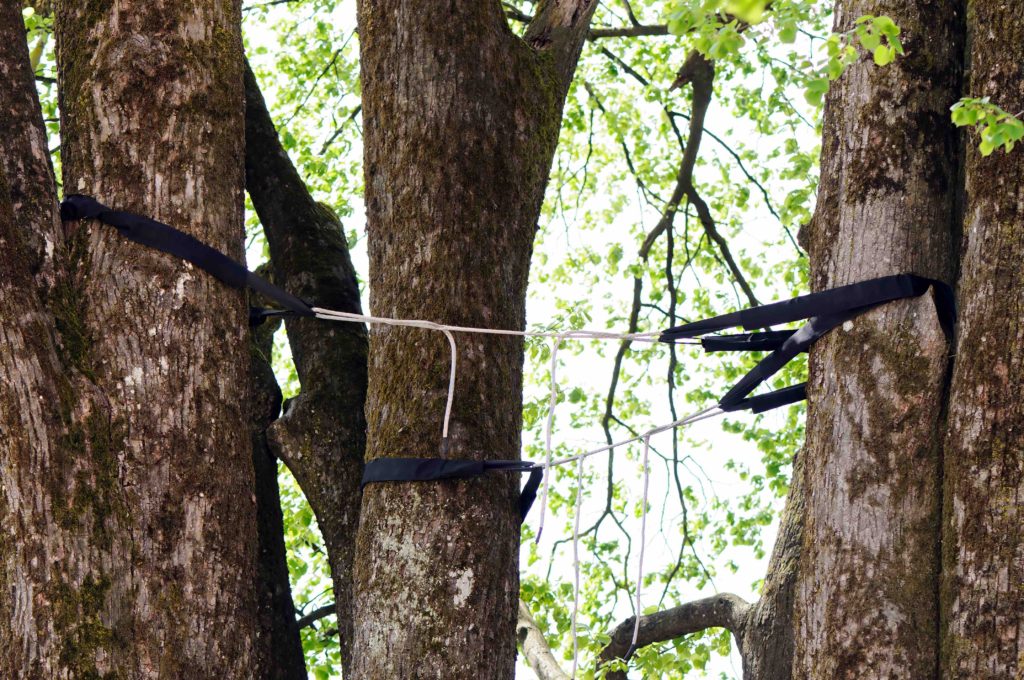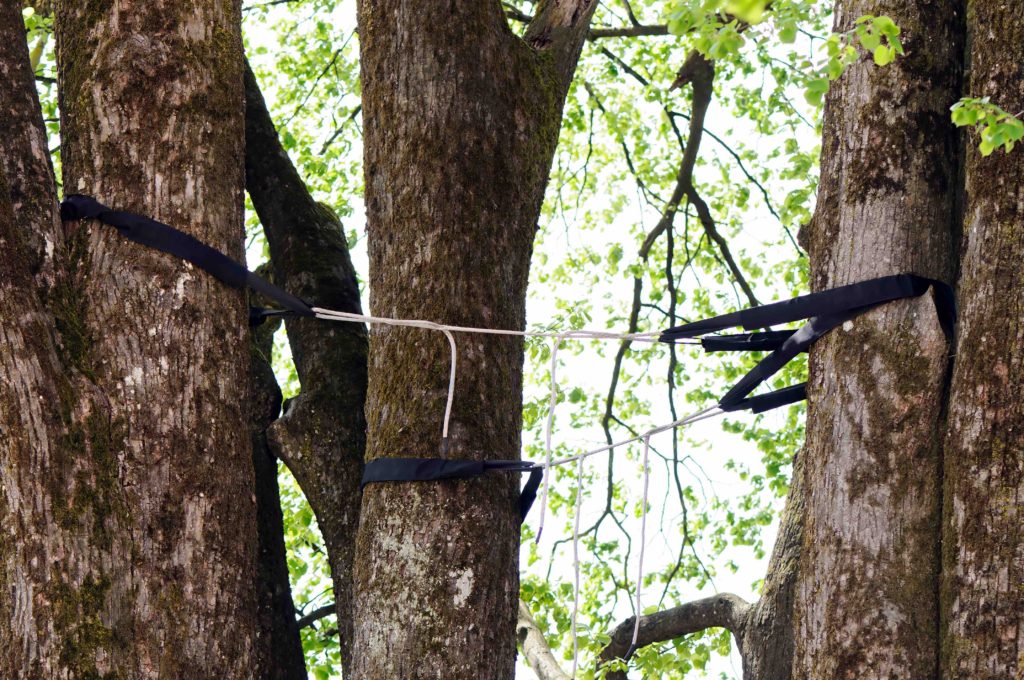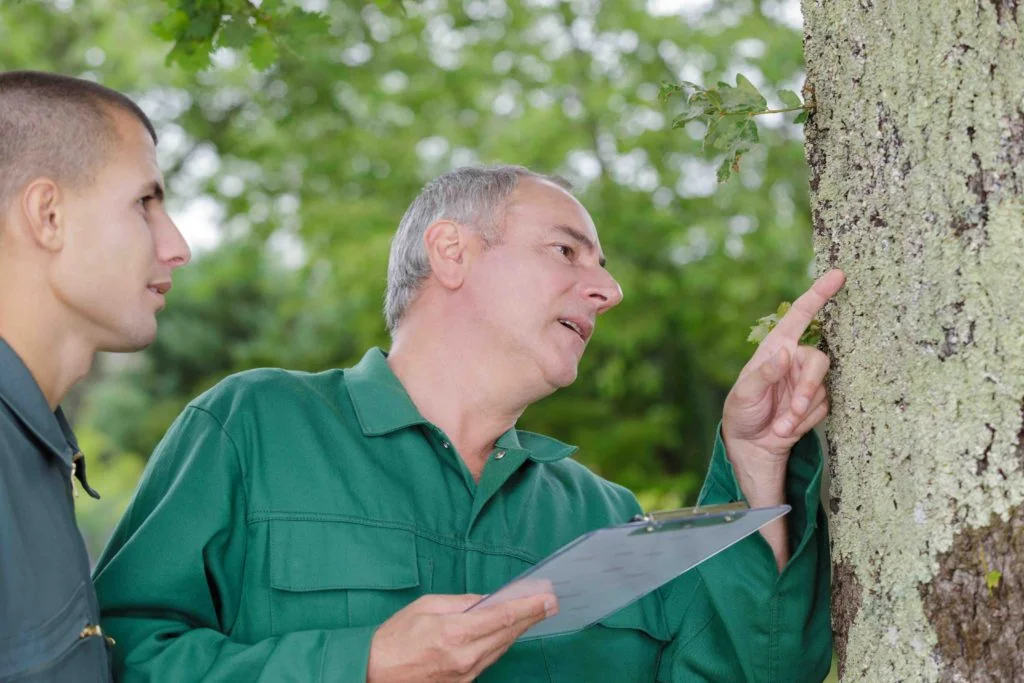
Spring is right here and your trees have already started feeling it. This is the perfect time to be considering spring tree services. There are several tree service in Fort Worth, TX that offer everything you could require during a spring tree service. Let Chippers Tree Service prepare your tree for spring growth. We can inspect your properties trees and recommend ways of maximizing their beauty, health, and safety.
Spring is one of the most exciting times of the year for a tree lover. With over 30 years combined experience and cutting edge equipment we can handle all your tree car. Tasks such as tree cutting, pruning, stump grinding can be dangerous if you don’t have the experience or proper equipment to undertake.
Get Spring Ready
There are several things you can do to ensure that your trees remain vibrant, healthy and beautiful in the peak of the spring season. A few of these include:
Conducting an inspection
You should schedule an inspection of your yard and trees by an arborist. You don’t want pests to set up shop in your trees. Here you will be able to find any signs of pest damage, uncovered root systems, and weak spots in the tree. They will also look for other damages that may be hampering growth. This inspection will allow you to understand the things that need to be done for protecting your tree and ensuring a healthy growth system.
Removing dead and dying branches
There are lots of branches on most trees. However, these branches need to be routinely cut back or trimmed to prevent the tree from getting overwhelmed. This is especially true for dead and dying branches on healthy trees. Pruning will ensure the tree keeps growing as it should.
Fixing standing water issues
Standing water can be a problematic issue for any tree. This is especially true for their root system. Early spring is when water could be standing around the tree system. You should have a professional take a look at the tree root system to identify if there is any standing water issue. They will also recommend ways for fixing the problem by installing drainage and other methods.
Keep Your Trees Healthy
You can stay rest assured that your trees will grow the way they are supposed to, throughout the spring and year-round. Damaged and decaying trees can quickly turn into a liability instead of an asset. You can have several issues fixed during spring tree services. This includes keeping pests away, pruning problem branches and ensuring a healthy landscape. The time is now to seek professional services for keeping your trees in the peak of their health.
The post Is It Time to Call Spring Tree Services? appeared first on Chippers Tree Service.
